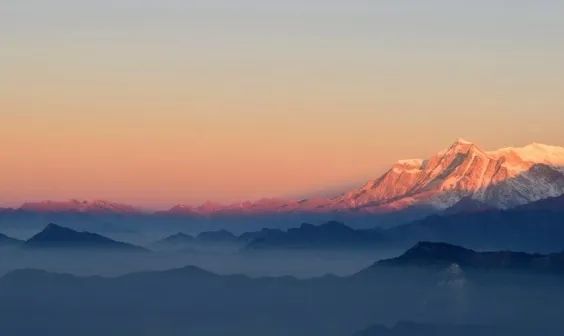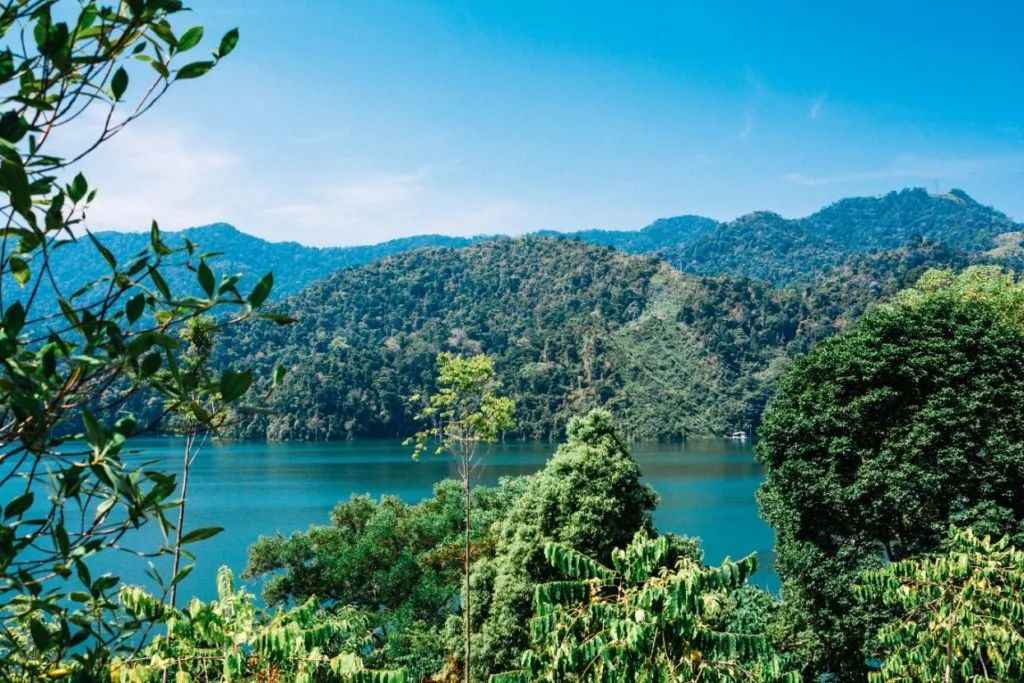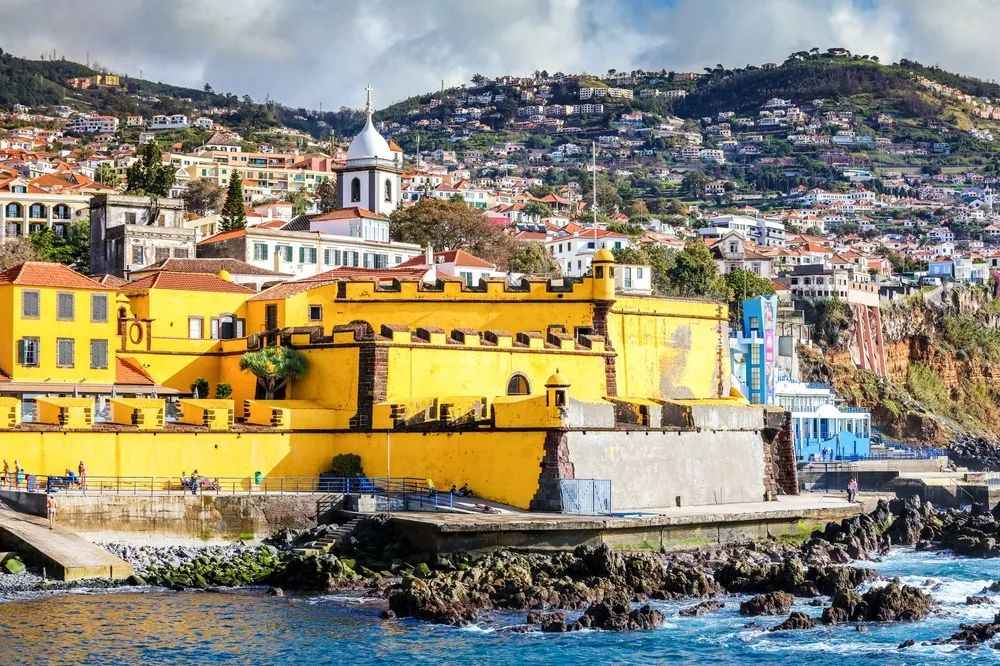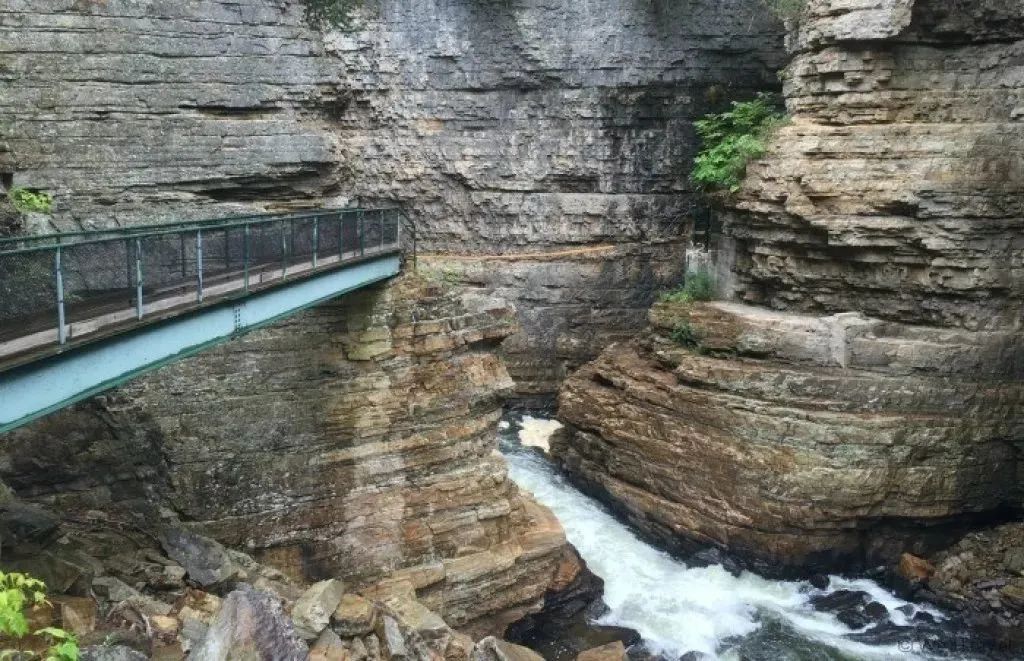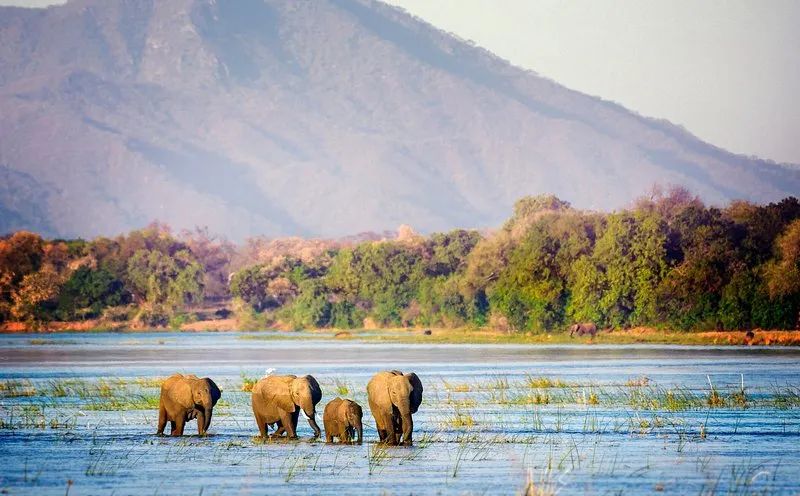Located approximately 80 kilometers northwest of Belfast in Northern Ireland, along the Atlantic coast, there lies a breathtaking natural wonder – the Giant's Causeway. Composed of tens of thousands of basalt columns, this spectacle resembles a meticulously crafted work of art by nature, standing majestically along the turbulent coastline, evoking admiration for the wonders of nature.
Located approximately 80 kilometers northwest of Belfast in Northern Ireland, along the Atlantic coast, there lies a breathtaking natural wonder – the Giant's Causeway. Composed of tens of thousands of basalt columns, this spectacle resembles a meticulously crafted work of art by nature, standing majestically along the turbulent coastline, evoking admiration for the wonders of nature.
The formation of the Giant's Causeway can be traced back tens of millions of years ago. At that time, the North Atlantic began to split, and the North American continent separated from the Eurasian continent. The crustal movements were intense, and volcanic eruptions were frequent. Around more than 50 million years ago, the volcanoes along the line from the Inner Hebrides in western Scotland to eastern Northern Ireland were very active. Streams of basalt lava welled up from the fissures in the crust. As the searing hot lava gradually cooled and contracted, when it crystallized, it began to crack into regular patterns, usually hexagonal. Through millions of years of erosion by the waves and glaciers, these basalt columns have gradually formed the spectacular sight we see today.
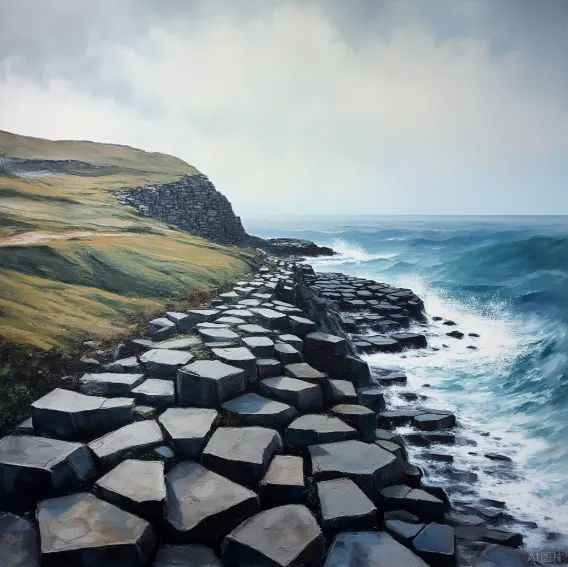
Source: Images from the Internet, if there is any infringement, please contact the removal of
When you stand in front of the Giant's Causeway, you will be awestruck by the magnificent momentum of these basalt columns. These columns are of uniform size and orderly arranged, resembling a causeway stretching for several kilometers, leading into the depths of the sea. Some columns rise more than 6 meters above the sea level, and the tallest ones can reach about 12 meters. Some columns are submerged underwater or at the same level as the sea. When viewed from the air, this ochre-colored columnar causeway stands out vividly against the backdrop of the blue sea, inspiring endless reverie.
The Giant's Causeway is not just a beautiful natural landscape; it also provides valuable materials for the study of earth sciences. Geologists, through the study of the structure and formation process of these basalt columns, have gained in-depth insights into the internal structure and evolutionary history of the earth. At the same time, these columns have witnessed the formation and expansion process of the North Atlantic, revealing the mysteries of the earth's natural evolution to us.
Today, the Giant's Causeway has become one of the world-famous tourist attractions, attracting countless tourists to come and admire it. People can feel the mystery and grandeur of nature here and also learn about the mysteries and charm of earth sciences. Whether you are a nature lover or a scientific explorer, the Giant's Causeway is a tourist destination you should not miss.
Nestled in the southern foothills of the Himalayas, there is a renowned trekking paradise in Nepal – Poon Hill. Every year from March to April, from the valleys at low altitudes to the foot of the 4,000-meter snow-capped mountains, the entire trekking route is almost covered with patches of rhododendrons, forming a magnificent "flower carpet". It is particularly spectacular in the area between 2,000 and 4,000 meters above sea level. This place is undoubtedly a wild paradise for rhododendrons globally, boasting more than 200 species of wild alpine rhododendrons, including rare varieties in red, pink, white, and light purple. Among them, the deep red rhododendron is the national flower of Nepal.
Compared with Yunnan and Tibet, the alpine rhododendrons on Poon Hill are taller and sturdier, resembling giant flower trees. Some can grow up to 20 meters high. When in bloom, the whole tree is like a huge sea of flowers cascading down, which is extremely shocking. The flowering period here is also earlier, usually arriving in mid-March! Just imagine, under the pure Himalayan sky, behind the blooming flowers are the Annapurna Range and the Machhapuchhre (Fishtail Mountain) covered with eternal snow. The visual impact of the red flowers, white snow, and blue sky makes this place a veritable fairyland on earth, captivating people's hearts.
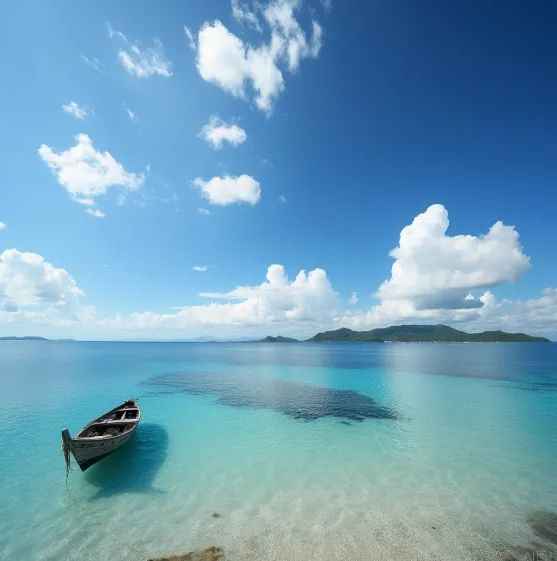
Source: Images from the Internet, if there is any infringement, please contact the removal of
Every spring is also the best trekking season on Poon Hill. The air is pure, and the sky is clear. You can witness the incredibly stunning Himalayan snow-capped mountains and the world-class sunrise scenery. Surrounded by snow-capped mountains in a 360-degree view, a group of sacred mountains are bathed in the morning light, and the magnificent sight of the "Golden Mountain" appears on the top of the Himalayas! Moreover, this is a beginner-friendly trekking route suitable for both the young and the old. The average daily trekking distance is only 10 kilometers, and the highest altitude is only 3,200 meters. It is one of the most accessible trekking routes among the many world-class trekking routes in Nepal.
Poon Hill is located near Pokhara, known as the "Outdoor Paradise" in Nepal. To its northwest is the famous Dhaulagiri, the 7th highest peak in the world, and to its northeast is the Annapurna Range. Although Poon Hill has an altitude of only 3,210 meters, the viewing platform at its summit offers a unique 180-degree panoramic view, allowing you to enjoy an unobstructed view of the Himalayan mountains. Along the way, the Machhapuchhre (Fishtail Mountain), a sacred mountain in Nepal, accompanies you. It is one of the most cost-effective trekking routes in Nepal.
This place is located in the southern foothills of the Himalayas, known as the "Roof of the World." The climate here is completely different from that of Tibet on the northern slope. The towering Himalayas form an extremely difficult-to-cross natural barrier, creating a unique geographical environment. It not only blocks the cold northern currents and dry air but also traps the moist air flowing from the Indian Ocean on the southern slope. The abundant precipitation makes everything below the mountains thrive, with lush greenery all year round and an average temperature of around 20°C.
The sea in Semporna, Malaysia, is renowned for its crystal-clear water, affectionately known as the "mint-colored jelly sea." The charm of Semporna stems from a precious photo in National Geographic. In the photo, a handmade boat floats lightly on the clear sea, seemingly suspended in mid-air, isolated from the world. On the boat, a Bajau child sits, holding an oar, with innocence and curiosity shining in his eyes. This photo not only captures the tranquility and beauty of Semporna but also ignites people's infinite yearning for this sea area.
Have you ever been in the scorching and profound blue ocean, feeling the caress of the sea water? When you gently step into a cluster of gorgeous coral reefs, have you ever experienced the strange sensation of starfish gently biting the soles of your feet? Beneath your feet, the white fine sand flows slowly like time, taking away the summer heat and leaving behind boundless coolness. Looking up, the sunlight dances on the sparkling sea surface, seemingly merging with the sky, painting a peerless beautiful picture.
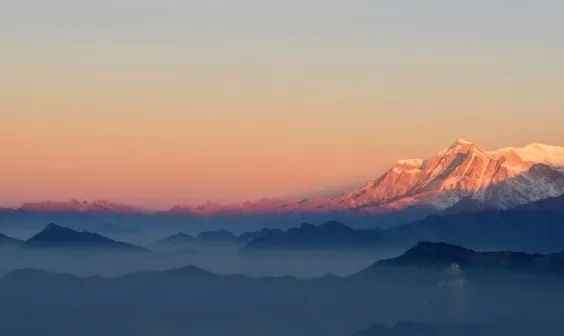
Source: Images from the Internet, if there is any infringement, please contact the removal of
In this blue ocean, there are countless adventures waiting for you to discover. The exclusive island trekking tour allows you to delve into unknown territories; snorkeling activities enable you to have a close encounter with marine life, feeling the vitality and energy of the ocean; rowing a glass-bottom boat leaves your footprints on the shimmering sea surface; and the delicious seafood feast is so mouth-watering that it's hard to resist.
Enter the territory of the "Gypsies of the Sea" and explore the magnificent real scenery depicted on the cover of National Geographic. Approach the mysterious place known as the "postcard representing Sabah the most" and uncover the veil of the Bajau people's life. Sipadan not only has 得天独厚的 diving conditions but also, just beyond the 5-meter shallow water, lies an endless expanse of deep blue sea. Kapalai, a sandbank located between Sipadan Island and Mabul Island, is renowned for its clear sea water and a scenery that is like a paradise. In the Marine Park, there are spotless white sandy beaches, crystal-clear blue sea water, and from time to time, wonderful appearances of marine creatures. Escape the hustle and bustle of the city and enjoy a leisurely day here.



